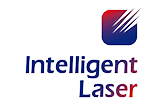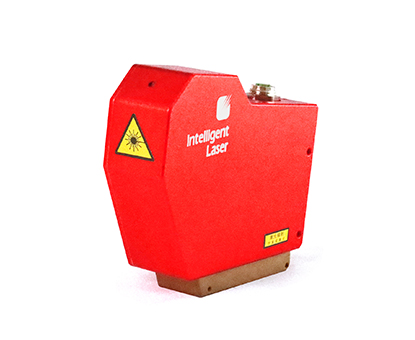The automation welding has great advantages compared with traditional manual welding. With the equipment of welding automation technology, it can improve the efficiency and quality of welding processing, reduce energy and material consumption, save production costs, lighten the labor intensity of workers, improve the working environment of welding and thus enhance the image of enterprises and make enterprises more competitive in the industry.
The Characteristics of Automation Welding
Industrial welding robots usually adopt the working mode of "teaching and reproduction". In the process of robot welding, they can repeat the actions that have been taught with high precision in their workspace. However, this way of working also has certain limitations. The strain capacity of the robot is poor, and the assembly precision of the workpiece is strict. The consistency of the base metal should be good in order to ensure the welding quality when the welding conditions are basically stable.
But in the actual welding process, because the operator is not allowed or suitable to enter the working area of the robot in order to avoid danger during the operation of the industrial robot, the operator cannot monitor the welding process from a close distance in real time and cannot make necessary adjustment and control. Therefore, when the actual welding conditions change, such as the size error and position deviation of the workpiece in the process of processing and assembly during the welding process as well as the variation of the workpiece heating deformation and other factors, it will make the joint position deviates from the path of demonstration taught, which often leads to the decrease or even failure of welding quality. Accurate welding seam tracking is the key to ensure the welding quality, and it is an important factor to achieve welding automation.
The Function and Composition of Weld Seam Tracking System
The function of the weld seam tracking system is to automatically detect and adjust the position of the welding gun (similar to the eyes of the robot) during welding, so that the welding gun can always weld along the weld seam and keep the distance between the gun and the workpiece constant, thus ensuring the welding quality, improving the welding efficiency and reducing the labor intensity.
The standard weld seam tracking system mainly consists of three parts: the executive mechanism (industrial robots, welding special machines, etc.), the weld seam tracking sensor, and the control system. The sensor is used for real-time collection of weld seam information, and the control system receives the signal from the sensor, and then adjusts the position of the welding gun through the feedback of the executive mechanism to achieve weld seam automatic tracking.
The Function and Composition of Weld Seam Tracking System
The common weld seam tracking sensors can be divided into: contact sensors, ultrasonic sensors, infrared sensors, arc sensors, and laser vision sensors based on their working principles.
Contact Sensors
Contact sensors usually use probes to contact with the side wall of the workpiece or a side wall of the weld seam in front of the welding gun. By detecting the offset of the probe, the control system can track the position of the weld seam. Its advantages are that it is not affected by arc interference and has low cost. However, the tracking accuracy is not high, the probe is prone to wear and deformation, and it is not suitable for tracking complex groove welds or high-speed welding, and has gradually been replaced by other sensing methods.
Ultrasonic Sensors
Ultrasonic sensors detect the information and geometric shape of the weld seam by judging the time of the echo. It is not easily affected by electromagnetic, light, smoke and other interference during welding. However, it needs to be close to the workpiece, and is sensitive to noise, so it is easily affected by noise interference. For example, its application in CO2 gas shielded welding has certain limitations.
Arc Sensor
Arc sensor calculates the shape information of the weld groove by utilizing the movement of the arc relative to the weld seam, and calculates the distance change between the welding gun and the workpiece through the parameter changes of arc voltage and current, so as to achieve the tracking control of the welding gun in the two directions of high and low and left and right. The arc sensor uses the arc itself as a sensor. Its advantages are the arc interference, magnetic field, splashing, smoke and other interference. Its disadvantage is the strong dependence on the groove shape, poor recognition ability for joints with asymmetrical side walls or no side walls at all, and cannot achieve automatic detection of the start and end points of welding.
Laser Vision Sensor
Laser vision sensor is considered to be the most promising weld seam tracking sensor. Based on the principle of triangulation, the laser projects the line-structure light onto the object to be detected through the lens group, which receives the diffuse reflection on the object and forms images on the CMOS/CCD sensor through the receiving lens group. These image data can be processed to generate information such as working distance, position and shape of the measured object. The control system analyzes and processes the monitoring data through special algorithms, and calculates and corrects the deviation of the welding robot/special machine welding trajectory to achieve weld seam tracking.
Through the laser vision sensor, not only can the information of the weld seam be obtained, but also the width of the molten pool after welding can be observed. The laser vision sensor is increasingly valued for its high sensitivity, high precision, anti-electromagnetic interference, no contact with the workpiece, and rich information about weld seam. And it has become the mainstream product of weld seam tracking sensor.

